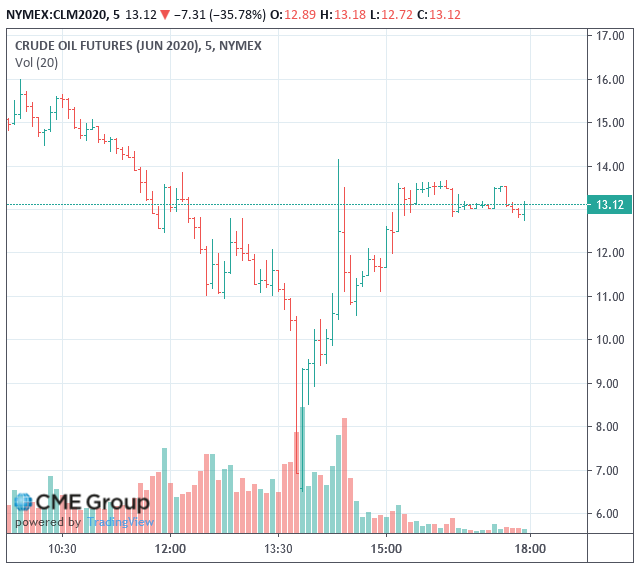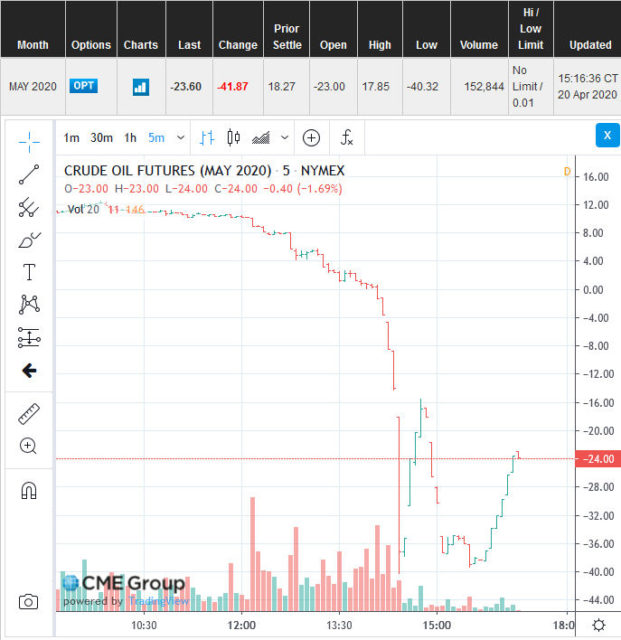Lending Loop is one of those peer-to-peer financing companies where you can allow yourself to be the recipient of future defaulted loans in the name of some business cause or another spending it without any real accountability. When you sign up, on top it states “Start investing today and earn a projected return of 5-8% per year*”
The “*” leads to a link with a model that uses words like “projected”, “estimated”, and other such mumbo-jumbo that is nearly as good as a COVID-19 mortality prediction.
Why the heck would anybody want to lend some random small business money at 5% when you can pick a brain-dead debenture (e.g. Rogers Sugar RSI.DB.F, 6.25% YTM) of a publicly traded company that has a billion more layers of accountability, and actual consequences (i.e. owners lose equity) if there is a default?
Finally, during this COVID-19 crisis, we have the following:
We have implemented a temporary hardship program for borrowers that are currently distressed as a result of impacts of COVID-19. This program will allow Lending Loop clients that meet certain criteria to make interest-only payments on their loans for a period of 3 months to accommodate this unexpected event.
I am guessing they are not doing this with the consent of the lenders. If the terms and conditions of the loans are so malleable, why would anybody ever bother putting their money in Lending Loop or other peer-to-peer lending services? This never made sense to me.
This is also why companies like Alaris (TSX: AD) never made sense to me. Companies have to be pretty desperate to lend money at double-digit coupons, and if you’re willing to sell royalties on revenues, you’re likely to destroy the margins that are required to keep your business competitive. It might make sense in specific scenarios (e.g. gold mining streams can make economic sense at times, e.g. “some percent of something versus 100% of nothing”) but gold miners are not like widget manufacturing where you have to squeeze out 200 basis points of margin in order to make a living. (Very abstractly, the less competitive the industry is, the more possibility that royalty selling makes sense).
And finally, if you want your double digit yields on questionable debt of corporations, there’s always gems like Bombardier unsecured, which when I last checked would net you 20% YTM if you feel brave. Less riskier than most stuff on Lending Loop and higher potential return, in addition with the likely possibility of getting a few morsels of recovery if they defaulted!


